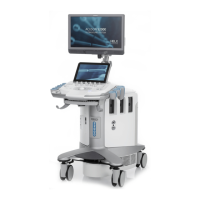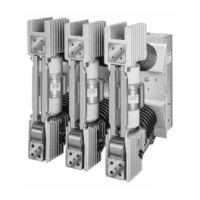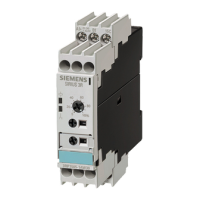7SR210 & 7SR220 Commissioning & Maintenance Guide
Page 46 of 82 © 2013 Siemens Protection Devices Limited
2.9 Thermal Overload (49)
7SR22
46
BC
46
NPS
(x2)
37
(x2)
49
50
BF
V
L1
(V
A
)
V
L2
(V
B
)
V
L3
(V
C
)
V
4
(V
X
)
I
L1
(I
A
)
81
HBL
2
37
(x2)
49
50
BF
I
L2
(I
B
)
81
HBL
2
37
(x2)
49
50
BF
I
L3
(I
C
)
81
HBL
2
60
CTS
I
4
(I
G
)
I
5
(I
SEF
)
74
TCS
NOTE: The use of some
functions are mutually exclusive
67/
50
(x4)
67/
51
(x4)
67/
50N
(x4)
67/
50
(x4)
67/
50
(x4)
67/
51
(x4)
67/
51
(x4)
67/
51N
(x4)
67/
50G
(x4)
67/
51G
(x4)
67/
50S
(x4)
67/
51S
(x4)
64
H
27
59
27
59
(x4)
27
59
(x4)
27
59
(x4)
47
(x2)
81
(x6)
79
Optional
59N
(x2)
81
HBL
2N
60
VTS
51V
51V
51V
37G
(x2)
37S
(x2)
51c
60
CTS-
I
60
CTS-
I
60
CTS-
I
37
50
BF
37
50
BF
25
50
AFD
50
AFD
50
AFD
51c
51c
51c
Figure 2.9-1 Thermal Overload
Voltage Inputs: n/a
Current Inputs: I
L1
(I
A
), I
L2
(I
B
), I
L3
(I
C
),
Disable: 51, 50, 37, 50BF
Map Pickup LED:. 49Alarm
The current can be applied from a 3P balanced supply or phase by phase from a 1P supply. Alternatively the 3
phase current inputs can be connected in series and injected simultaneously from a single 1P source.
The Thermal Overload Setting and Time Constant Setting can be considered together to calculate the operating
time for a particular applied current.
The following table lists operate times for a range of Time Constant Settings for an applied current of 2x the
Thermal Overload setting. Ensure that the thermal rating of the relay is not exceeded during this test.

